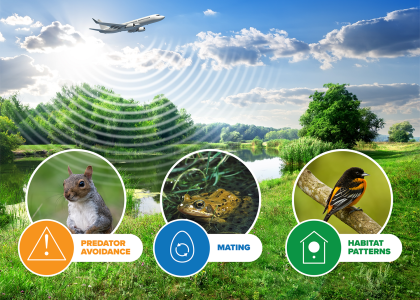Thesis Chapter Outline
- Chapter 1: Introduction
-
In this chapter you essentially need to outline what your thesis is about (i.e., provide the background to your study, and clearly identify the gap in the literature that your study will address). In this chapter there should be clear hypotheses development and statement of the study’s hypotheses.
- Chapter 2: Literature Review
-
This chapter should summarize the literature that is relevant to your research project, bringing out where the gaps in the literature are, and how your research helps to fill in one or more of these gaps.
Note that a literature review is an analytical summary of the past work relevant to your topic and a critique of that work. This is more than just writing a paragraph summarizing the main point of each article. In an analytical summary, you should link together the readings to build a story about what has already been done and what needs to be done.
The literature review is something you will return to throughout the process of writing the thesis. It will change in scope and length as you refine your topic and start to uncover findings. Having a working literature review earlier rather than later will help you stay focused on your specific topic.
- Chapter 3: Research Methods
-
In this chapter, you will outline the method (or methods) employed to test your study’s hypotheses. Work with your thesis supervisor to figure out what methods are most suitable to address your research questions.
Data collection instruments should be described in this chapter, and will vary depending on the method you are using. For example, if you are fielding an original survey, your instrument will be your survey questions along with the directions you provide respondents. If you are conducting qualitative interviews, your instrument will be your interview “guide” or list of questions.
In this chapter you should also outline the techniques used to analyze the data that you have collected. Every data analysis process will be different depending on the design of the study and the type of data collected. For example, if you use content analysis to analyze qualitative data, you will describe how you conducted the content analysis and outline the major categories/coding schemes used.
With quantitative data analysis, it is strongly recommend that you work with your thesis supervisor to develop the skills needed to analyze your data. You are ultimately responsible for your data analysis, so while, for example, your supervisor may demonstrate to you how to use SPSS (a statistics package) to conduct an analysis of variance, you must actually run your data for your thesis yourself. The two most frequently used statistics packages, SPSS and SAS, are available at a number of campus computing labs.
An Important Note about Human Participants Research
If you plan to collect data from human subjects, you need to get the study cleared by the Office for Research Protections. Visit Penn State Institutional Board for further information on conducting a Human Participant Research Study.
You will also need to complete training on the protection of human research participants (Institutional Review Board required) prior to conducting data collection. It is strongly advised that you complete this training in the spring semester of your junior year if you think that your research will include human participation.
- Chapter 4: Results
-
In this chapter you will describe the findings of your study. Describe your respondents and clearly outline the results of your data analyses. Where appropriate use tables and charts to support your presentation of results.
- Chapter 5: Discussion and Conclusions
-
In this chapter you need to discuss the findings of your study. To what extent do they support the research presented in your literature review? To what extent do they add to the findings of previous studies? In other words, what contribution does your study make to the literature? Also, you need to clearly outline the implications of your study’s findings for recreation and tourism managers. Finally, identify the limitations of your study and present your recommendations for future research.
- FAQs
-
What journals should I read?
Speak with your thesis supervisor to find out the top journals for your topic of interest.
How should I format citations and references?
Many researchers in the Recreation, Park and Tourism Management field follow the American Psychological Association (APA) format. However, check with your thesis supervisor up front to see what style he or she would like you to follow. For example, if you have decided to target a certain journal with your work, it may be most expedient to format the citations and references in your thesis in the format required by that journal.



